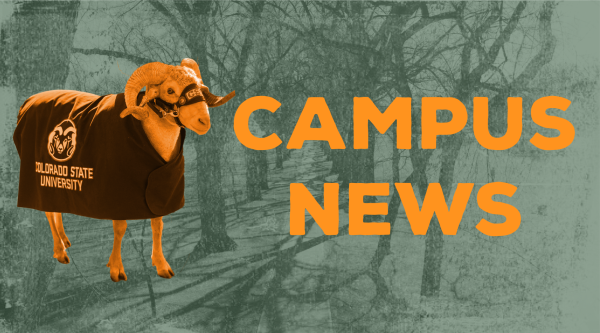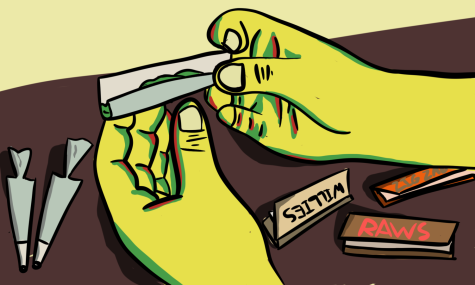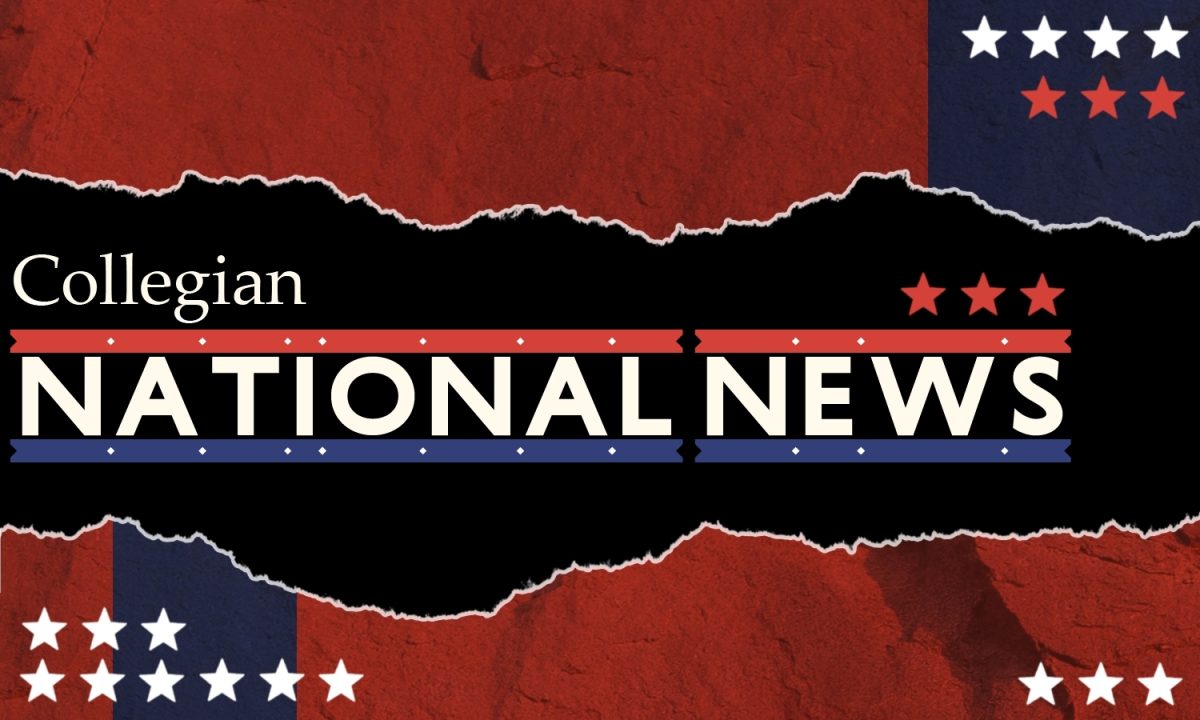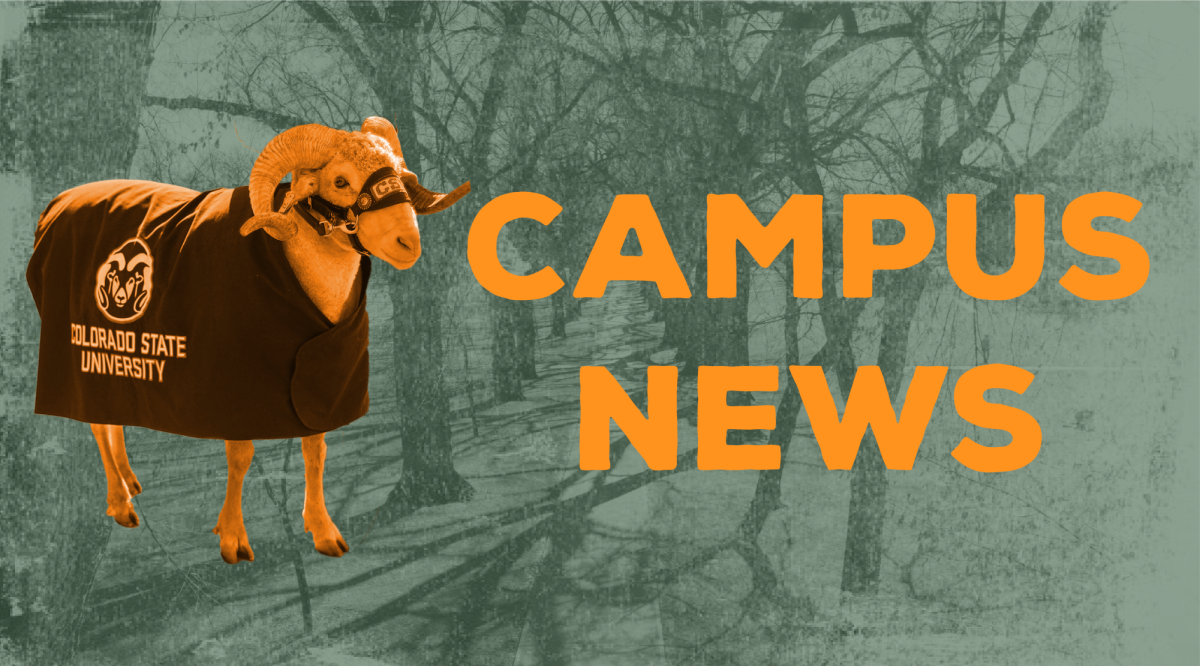Colorado State University was ranked seventh on an MSN list of the top 25 schools with the highest tuition hikes between 2004 and 2014.
Many other schools in Colorado made the list as well, with the University of Northern Colorado ranked in third, Colorado Mesa University in sixth, the University of Colorado Boulder in 20th and CSU Pueblo in 25th.
Ad
CSU’s tuition increased by 108.5 percent from 2004 to 2014, from $4,750 to $9,907, according to MSN.
Although CSU tuition rates have gone up in the past few years, it still costs less than the Colorado School of Mines or our rival down the street, CU Boulder.
During the 2015-2016 school year, tuition for resident undergraduates is $8,300, which is a 5.5-percent increase from the previous year. Tuition for non-resident undergraduates is $25,010, which is a 4-percent increase.
For the 2014-2015 school year, resident undergraduate rates went up by 5 percent to $7,868 and non-resident undergraduate rates went up by 3 percent to $24,048.
There are a few different components that consist of what tuition dollars go toward. According to a video posted on Colorado State University’s YouTube channel, 82 percent goes toward classrooms, faculty, the library and advising. Faculty on campus has increased by 13 percent, making the student-to-faculty ratio 17:1.
The next 8 percent goes toward student services and scholarships. This portion can come back to students in the form of financial aid.
Six percent of CSU’s tuition goes toward institutional support, which includes administration, campus safety, custodians and people who answer the phones.
The last 3 percent is spent on operations and upkeep, which includes lighting and maintenance throughout the campus.
Ad
Because CSU is a publicly-funded university, it has two sources of revenue: tuition and state funding.
Mike Hooker, the executive director of public affairs and communications, said the most important thing to understand is that tuition has increased because of reductions in state funding.
“What’s changed significantly over time has been the level of state funding to higher education,” Hooker said. “It used to be that families paid about one third of the cost and the state funded two thirds. Over time, that has flipped so that students and families are paying two thirds or more of the cost.”
The CSU Effect is a part of the University’s website that shows the positive value of graduating from CSU. The site states that 84 percent of students have secured employment or continued their education within six months of graduation, and three quarters of CSU graduates pursue a career that was in a field related to their major.
Hooker said that because CSU invests in scholarships, financial aid and initiatives like Commitment to Colorado, 44 percent of students who graduated last year had zero loan debt, all while the number of low-income and first-generation students is increasing. CSU students graduate with an average of $22,000 in student debt, which is lower than the national average.
CSU student Hayley Marr has a different opinion regarding tuition costs.
“My tuition should not increase during my time at CSU,” Marr said. “Whatever tuition a first-year student pays is what they should pay until they graduate.”
Although she agrees that tuition pays for a lot of resources, it is a bit high for many who still pay for parking, printing and miscellaneous education fees.
What students need to think about is all of the “extras” and quality of education they are receiving.
“We’ve worked hard, and succeeded, at controlling costs while also improving and growing the University to ensure that students are getting the maximum value for their tuition dollars,” Hooker said.
Collegian Reporter Kaitlyn Taggart can be reached at news@collegian.com or on Twitter @tagg_a_muffin.







